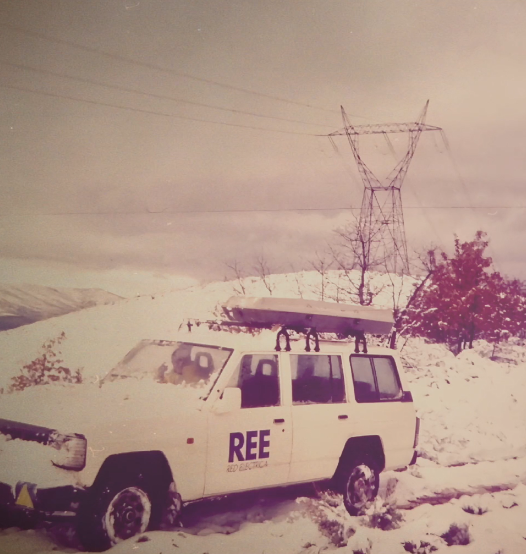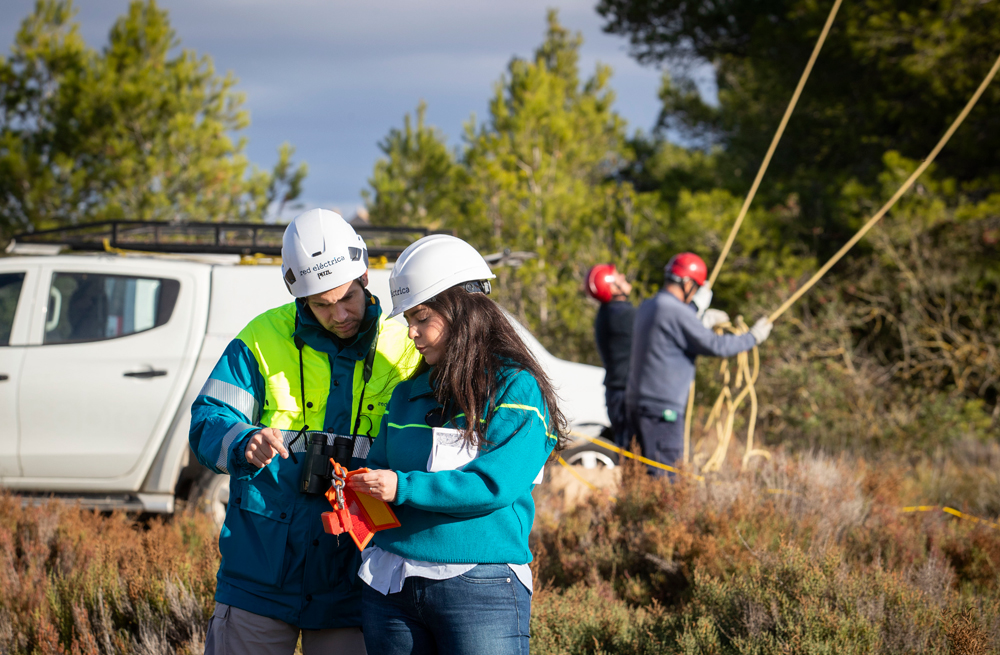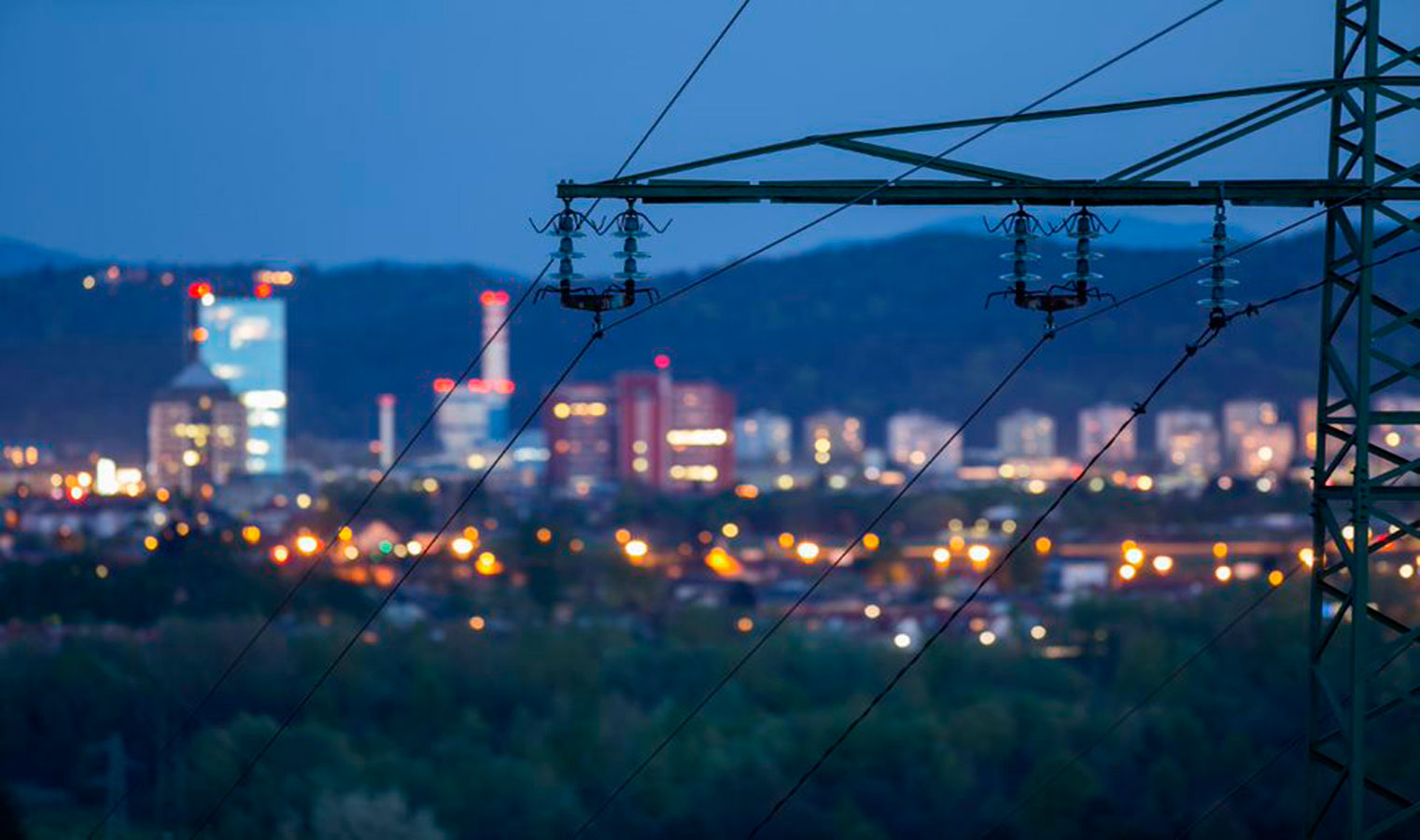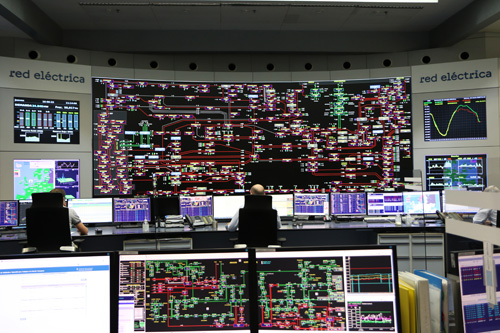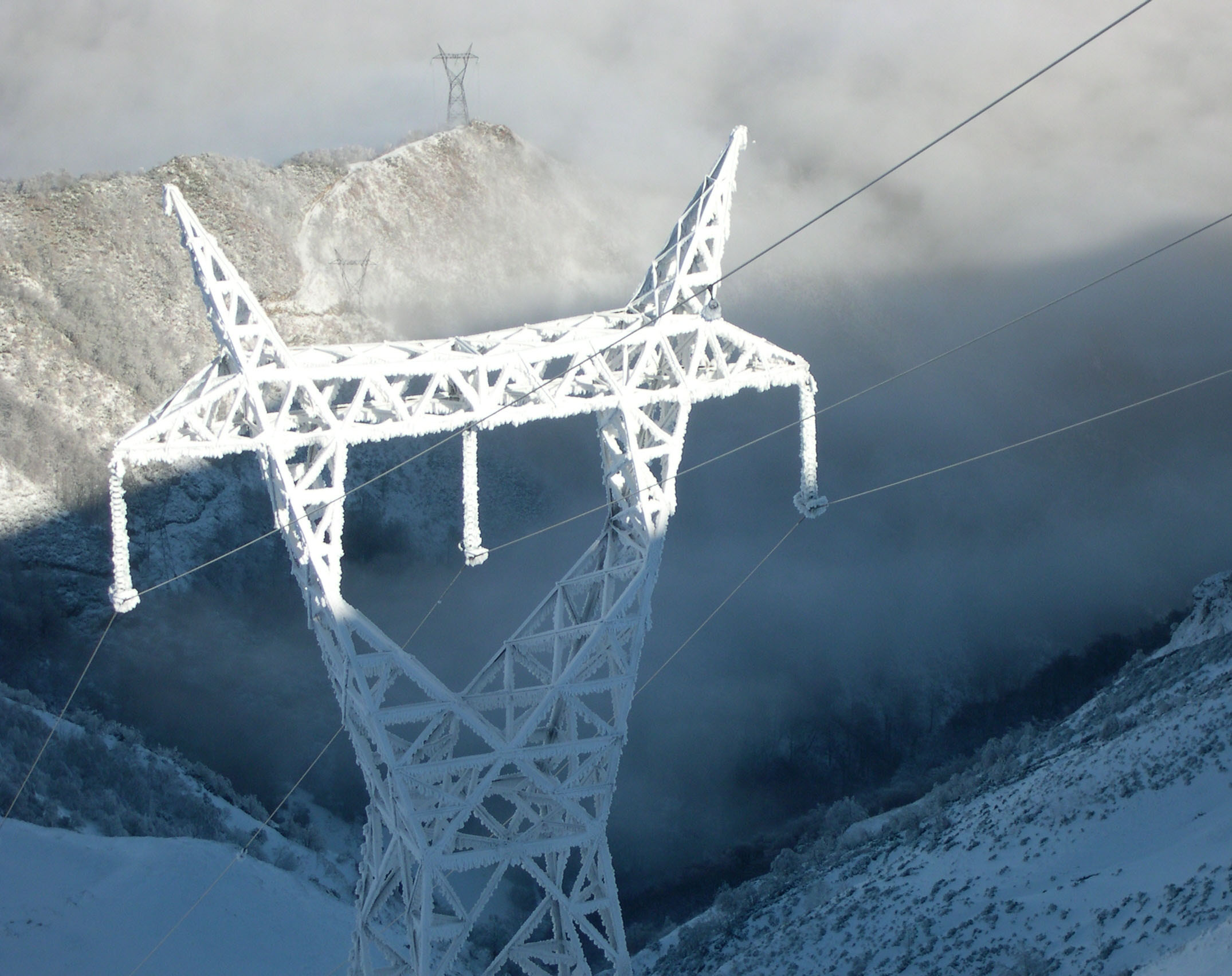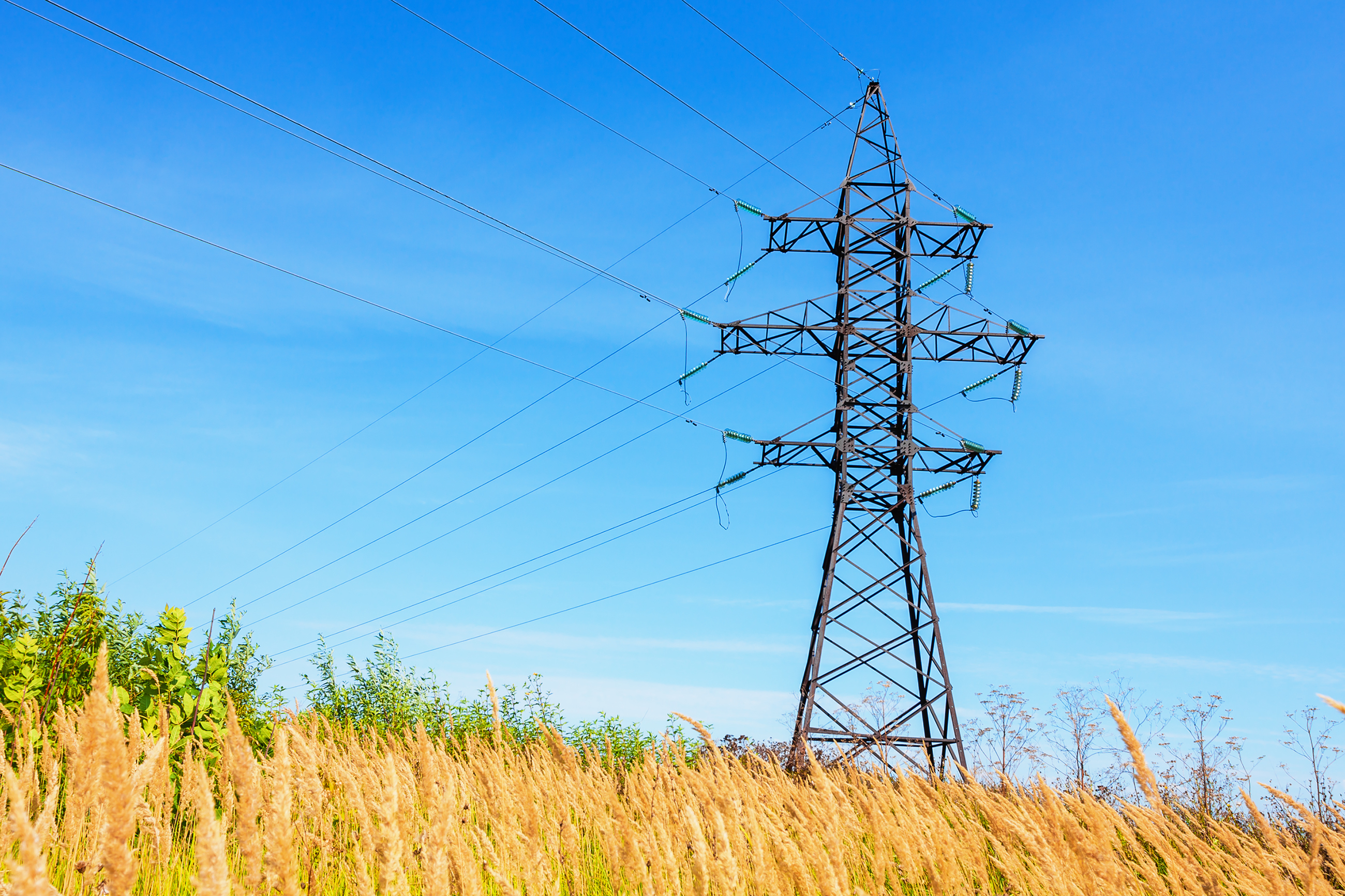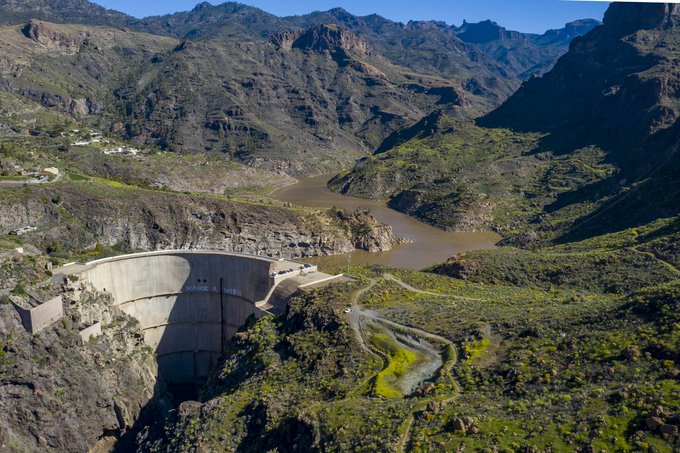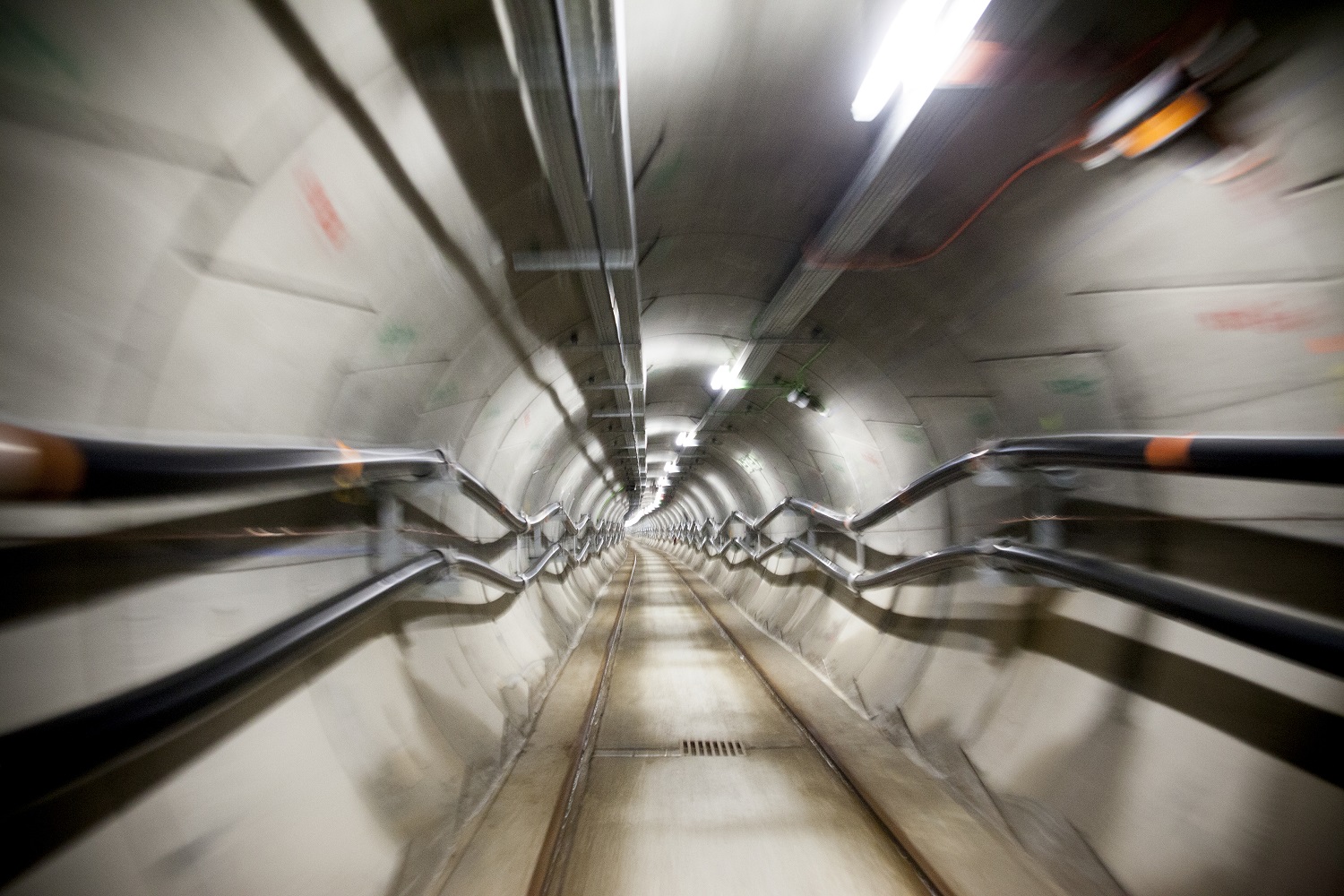For 40 years, we've been driving our country's economic and social progress. Four decades shaping Spain.
Ms. Corredor and Mr. Barbón meet in Oviedo to discuss Red Eléctrica's investments in Asturias
The key actions involve dismantling the 400 kV Lada Velilla electricity transmission line, with works commencing this week, and the establishment of the new Cardoso 400/220 kV substation
The President of the Principality of Asturias, Adrián Barbón, and Beatriz Corredor, the Chairwoman of Redeia – Red Eléctrica's parent company – have held a meeting in Oviedo with the aim of discussing the new electricity transmission infrastructure, which is strategic for Asturias. Earlier, the chairwoman of Redeia also met with the government delegate in Asturias, Adriana Lastra, to emphasise the key investments in the region. The projects aim to strengthen Asturias's electricity system, ensure supply security, and stimulate economic growth by supporting industrial and social development and creating jobs.
These investments are detailed in the current Plan approved by the Council of Ministers and in specific amendments made to the Plan, addressing requests made by the Government of Asturias to support the ecological transition and industrial development.
Among them are major projects aimed at facilitating industrial development, serving as a catalyst for the economy. This includes the new Cardoso 400 kV/220 kV substation and the Soto-Tabiella in/out line, which will connect at 400 kV to Santa María de Grado and at 220 kV to Tabiella, creating a key electrical hub in Asturias's transmission grid.
Other notable initiatives to support the distribution network include the construction of the new 220 kV Ortiguero substation, which is in an advanced planning stage, the new Pesoz-Sanzo line, and the expansion of the existing 400 kV Pesoz substation with additional bays. Other key lines for the region are also planned, such as the Reboria substation and the Cardoso-Reboria-Asturiana line.
All these investments will ensure the continued provision of energy under conditions of quality and safety, and support economic and social development in Asturias. Furthermore, the capacity of the renewable integration system is being enhanced to progress in the ecological transition.
Separately, Red Eléctrica has begun dismantling the 400 kV Lada-Velilla del Rio Carrión overhead transmission line this week as part of its commitment to environmental protection and the restoration of natural spaces. This is a project whose construction began in 1986, following a resolution from 20 March by the Directorate General for Energy.
Of the 52 kilometres of line that traverse the Asturian section, over 50.7 kilometres will be dismantled. The route passes through the municipalities of Langreo (6.8 kilometres), Mieres del Camino (0.146 kilometres), San Martín del Rey Aurelio (4.94 kilometres), Laviana (10.02 kilometres), Sobrescobio (4.38 kilometres), and Caso (24.24 kilometres). The remainder of the line, between towers one and six, corresponds to a segment shared with another existing circuit in the grid.
The work will be carried out with minimal environmental impact, taking into account cultural heritage and existing flora and fauna to implement the necessary preventive measures. To achieve this, the creation of new access points will be minimised, and aerial resources will be utilised in areas that are hard to reach.
The investment for this environmental enhancement amounts to 6 million euros, and the execution period, depending on weather conditions and biological halts, will be approximately 24 months.
Redeia and the conservation of the Bearded Vulture in Asturias
Since 2022, Redeia has been working with the Foundation for the Conservation of the Bearded Vulture (FCQ) on various programmes aimed at protecting this species, which became extinct in the Cantabrian Mountains. This collaboration was recently reinforced with the joint project 'Comprehensive Conservation Area for the Bearded Vulture in the Sierra del Cuera' in Asturias. Funded by Redeia, the project includes several initiatives on the southern slope of this mountain range, a key habitat for the bearded vulture, in the municipality of Peñamellera Alta.
This programme monitors the health and environmental conditions in mountain habitats, enabling the analysis of the vital signs of bearded vultures by collecting samples of disease-transmitting vectors. The project benefits not only the bearded vulture but also other bird species and local livestock. It enables the detection of non-endemic mosquitoes and assesses the exposure level of the bearded vulture to these non-native pathogens, which have arrived in the region due to climate change.
Moreover, a weather station has been installed, video surveillance systems have been implemented, capture points for veterinary interventions have been set up, and thermographic cameras have been deployed for early detection of pathologies. The project also encompasses a health checkpoint for collecting and analysing organic samples, a scientific photography and filming station within a camouflage structure, and an additional feeding station equipped with vitamin and mineral complexes.
Between 2010 and 2023, 45 bearded vultures have been reintroduced into the Picos de Europa, and there are currently four pairs established in the region. Redeia has been working with the FCQ since 2022 on a power line Marking Plan to protect the bearded vulture, aiming to achieve a net positive impact on biodiversity by 2030.
Downloads
